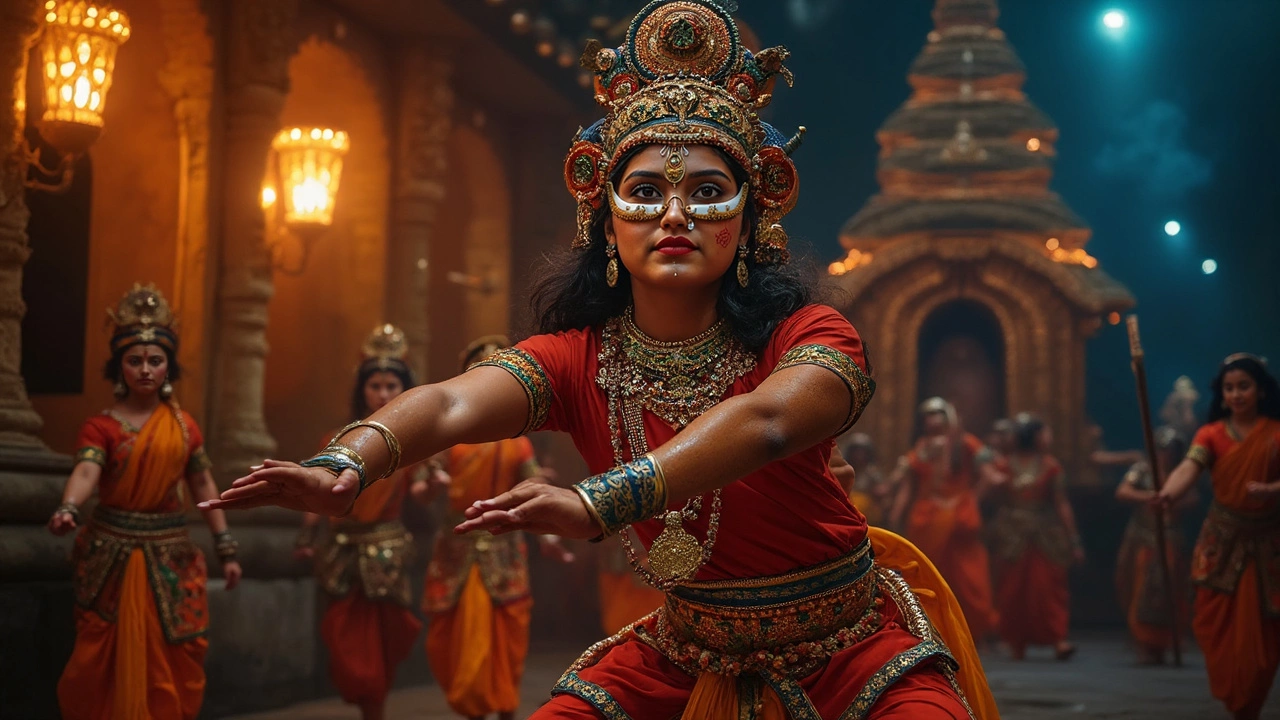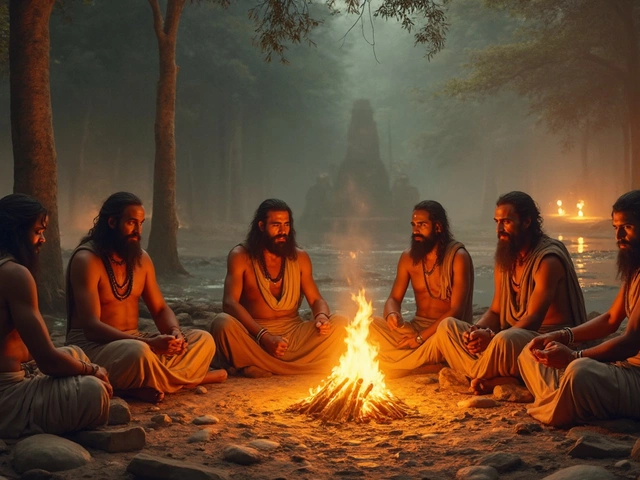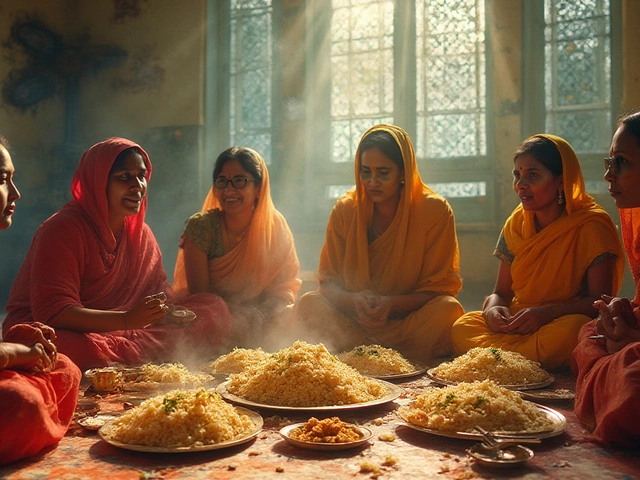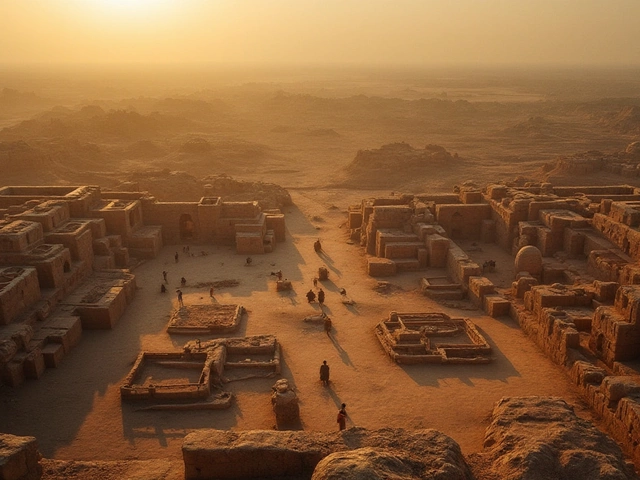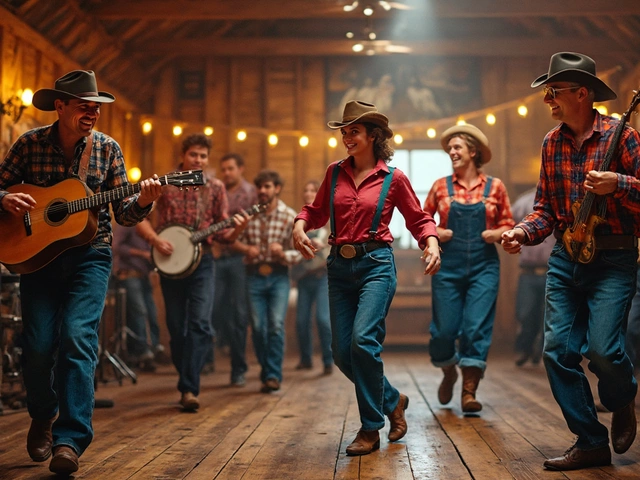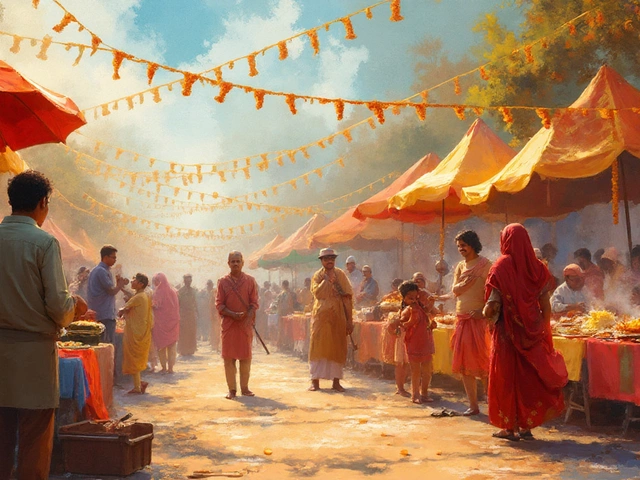Toughest Dance Forms in India: Challenges, Culture, and Mastery
When people talk about the toughest dance, a dance form requiring extreme physical control, deep cultural understanding, and years of disciplined training. Also known as classical Indian dance, it's not just about movement—it's about storytelling through every muscle, every glance, every beat. Unlike casual styles you might see at parties, these dances were born in temples, shaped by centuries of devotion, and passed down through lineages where precision was sacred. You can’t just learn the steps—you have to live them.
Take Bharatanatyam, a classical dance from Tamil Nadu rooted in temple rituals and ancient texts like the Natya Shastra. Also known as South Indian classical dance, it demands perfect balance, 108 complex poses called karanas, and facial expressions that convey entire stories without a single word. Dancers train for years just to master the basic stance. Then comes the footwork—hundreds of rapid beats per minute, each one hitting the floor with exact timing. One wrong step, and the whole rhythm breaks. It’s not just hard—it’s physically punishing. Muscles ache, joints scream, and still, the dancer must smile.
Kathak, the storytelling dance of North India, blends fast spins, rhythmic footwork, and expressive gestures. Also known as Hindustani classical dance, it requires the same discipline as Bharatanatyam but with a different kind of intensity—spins that can last for minutes without dizziness, and tabla-like footwork that mimics percussion instruments. A Kathak dancer doesn’t just move to music—they become the music. The tala (rhythm cycle) isn’t just followed—it’s spoken through the feet. And then there’s Odissi, with its fluid body movements, sculptural poses, and the constant tension between grace and strength. Each of these forms is tied to religion, mythology, and regional identity. You can’t separate the dance from the culture—it’s all one.
What makes these dances truly tough isn’t just the physical strain—it’s the mental and spiritual weight. You’re not just learning choreography. You’re learning a language older than most modern nations. You’re carrying the silence between notes, the breath before the step, the emotion behind the gesture. A beginner might think it’s about copying moves. A master knows it’s about becoming the story.
Below, you’ll find articles that break down what makes these dances so demanding, how they’re taught, and why they still matter today. Whether you’re curious about the footwork, the history, or the sheer willpower it takes to master them, you’ll find real insights—not just facts, but the truth behind the movement.
